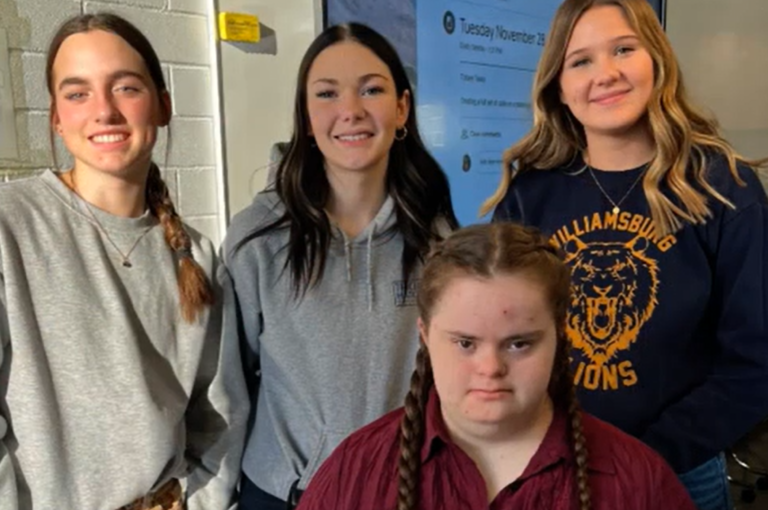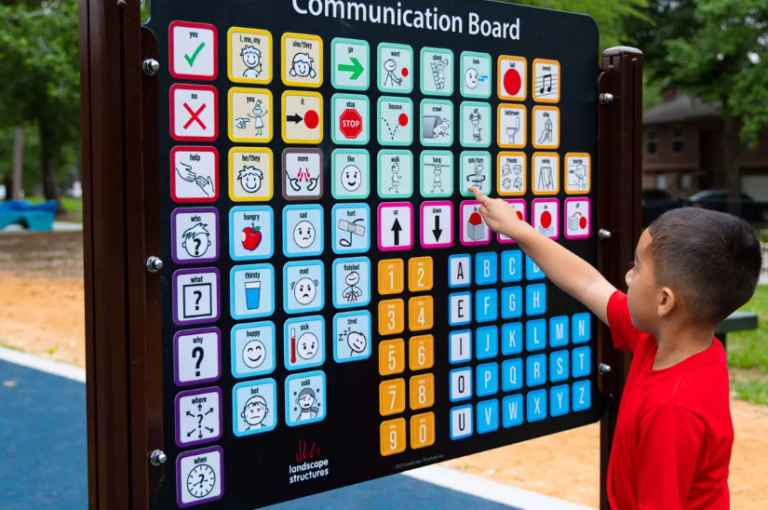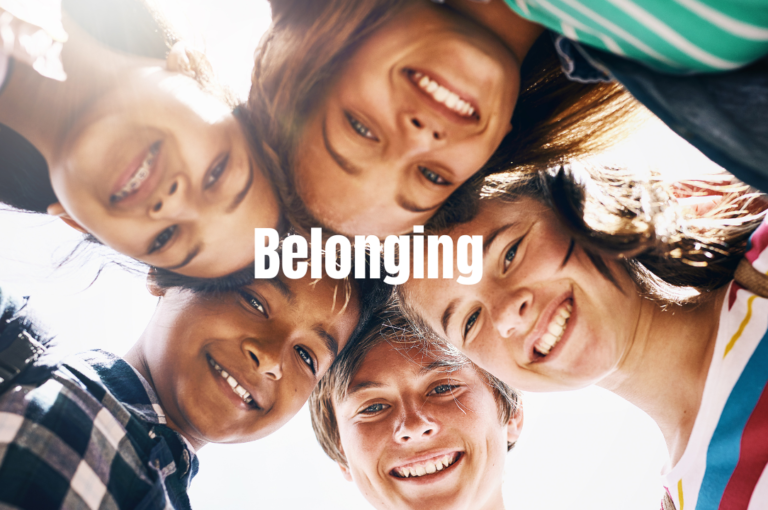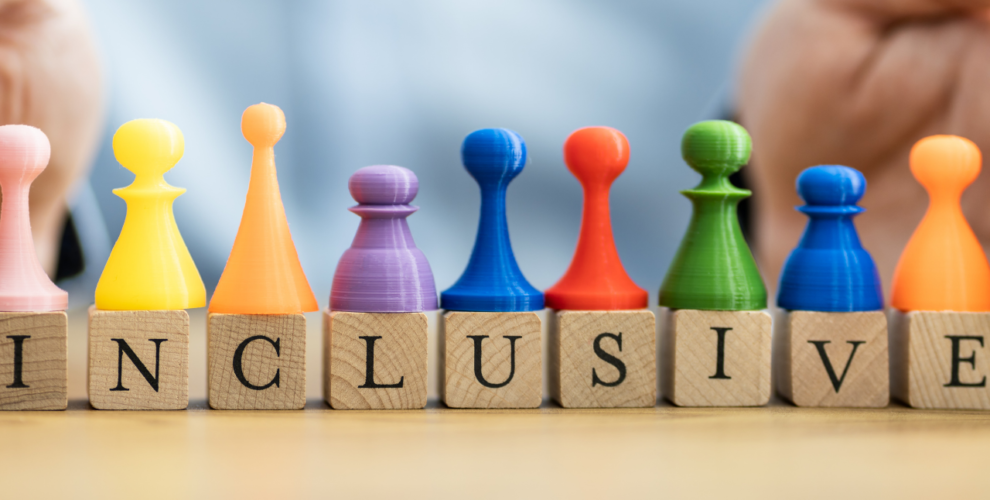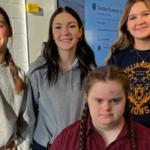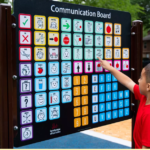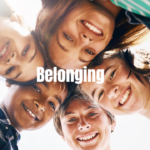The Pandemic has brought to life the need for educators to create more inclusive, responsive and stimulating learning environments that meet the needs of all learners, no matter their background, culture, or learning needs.
Engagement can be described as meaningful student involvement in the learning process, with heightened attention and focus on learning tasks.
As stated by C. Howard, T.Howard & C. Bingener, student engagement increases when educators:
- Take time to know their students’ identities and interests and find ways to incorporate those into meaningful learning tasks.
- Foster good relationships with students.
- Ensure classroom materials, culture and environment are inclusive and safe places for students.
Student engagement is tied largely to student motivation, and can often be seen as a key factor in reducing student absenteeism, boredom and low achievement.
There are 5 strategies that Educators can use to create more inclusive classroom environments and increase student engagement. Please see the infographic below.
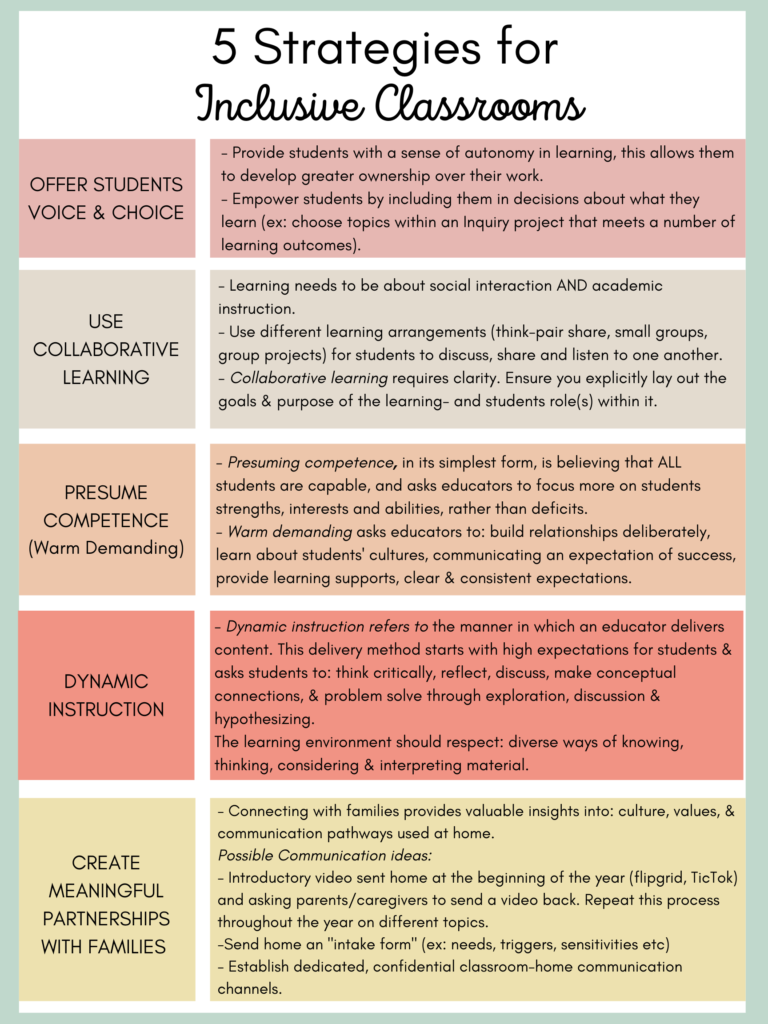
References:
Howard, J., Bingener, C., & Howard, T. (2021). Essential Strategies for Inclusive Teaching. Educational Leadership, 38–43.

